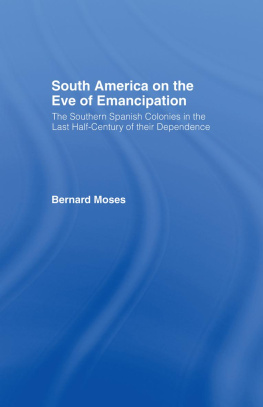Shane K. Bernard - Teche: A History of Louisianas Most Famous Bayou
Here you can read online Shane K. Bernard - Teche: A History of Louisianas Most Famous Bayou full text of the book (entire story) in english for free. Download pdf and epub, get meaning, cover and reviews about this ebook. year: 2016, publisher: University Press of Mississippi, genre: Home and family. Description of the work, (preface) as well as reviews are available. Best literature library LitArk.com created for fans of good reading and offers a wide selection of genres:
Romance novel
Science fiction
Adventure
Detective
Science
History
Home and family
Prose
Art
Politics
Computer
Non-fiction
Religion
Business
Children
Humor
Choose a favorite category and find really read worthwhile books. Enjoy immersion in the world of imagination, feel the emotions of the characters or learn something new for yourself, make an fascinating discovery.

- Book:Teche: A History of Louisianas Most Famous Bayou
- Author:
- Publisher:University Press of Mississippi
- Genre:
- Year:2016
- Rating:3 / 5
- Favourites:Add to favourites
- Your mark:
Teche: A History of Louisianas Most Famous Bayou: summary, description and annotation
We offer to read an annotation, description, summary or preface (depends on what the author of the book "Teche: A History of Louisianas Most Famous Bayou" wrote himself). If you haven't found the necessary information about the book — write in the comments, we will try to find it.
Shane K. Bernards Teche examines this legendary waterway of the American Deep South. Bernard delves into the bayous geologic formation as a vestige of the Mississippi and Red Rivers, its prehistoric Native American occupation, and its colonial settlement by French, Spanish, and, eventually, Anglo-American pioneers. He surveys the coming of indigo, cotton, and sugar; steam-powered sugar mills and riverboats; and the brutal institution of slavery. He also examines the impact of the Civil War on the Teche, depicting the running battles up and down the bayou and the sporadic gunboat duels, when ironclads clashed in the narrow confines of the dark, sluggish river.
Describing the misery of the postbellum era, Bernard reveals how epic floods, yellow fever, racial violence, and widespread poverty disrupted the lives of those who resided under the sprawling, moss-draped live oaks lining the Teches banks. Further, he chronicles the slow decline of the bayou, as the coming of the railroad, automobiles, and highways reduced its value as a means of travel. Finally, he considers modern efforts to redesign the Teche using dams, locks, levees, and other water-control measures. He examines the recent push to clean and revitalize the bayou after years of desecration by litter, pollutants, and invasive species. Illustrated with historic images and numerous maps, this book will be required reading for anyone seeking the colorful history of Louisiana and the Gulf Coast.
As a bonus, the second part of the book describes Bernards own canoe journey down the Teches 125-mile course. This modern personal account from the field reveals the current state of the bayou and the remarkable people who still live along its banks.
Shane K. Bernard: author's other books
Who wrote Teche: A History of Louisianas Most Famous Bayou? Find out the surname, the name of the author of the book and a list of all author's works by series.
















